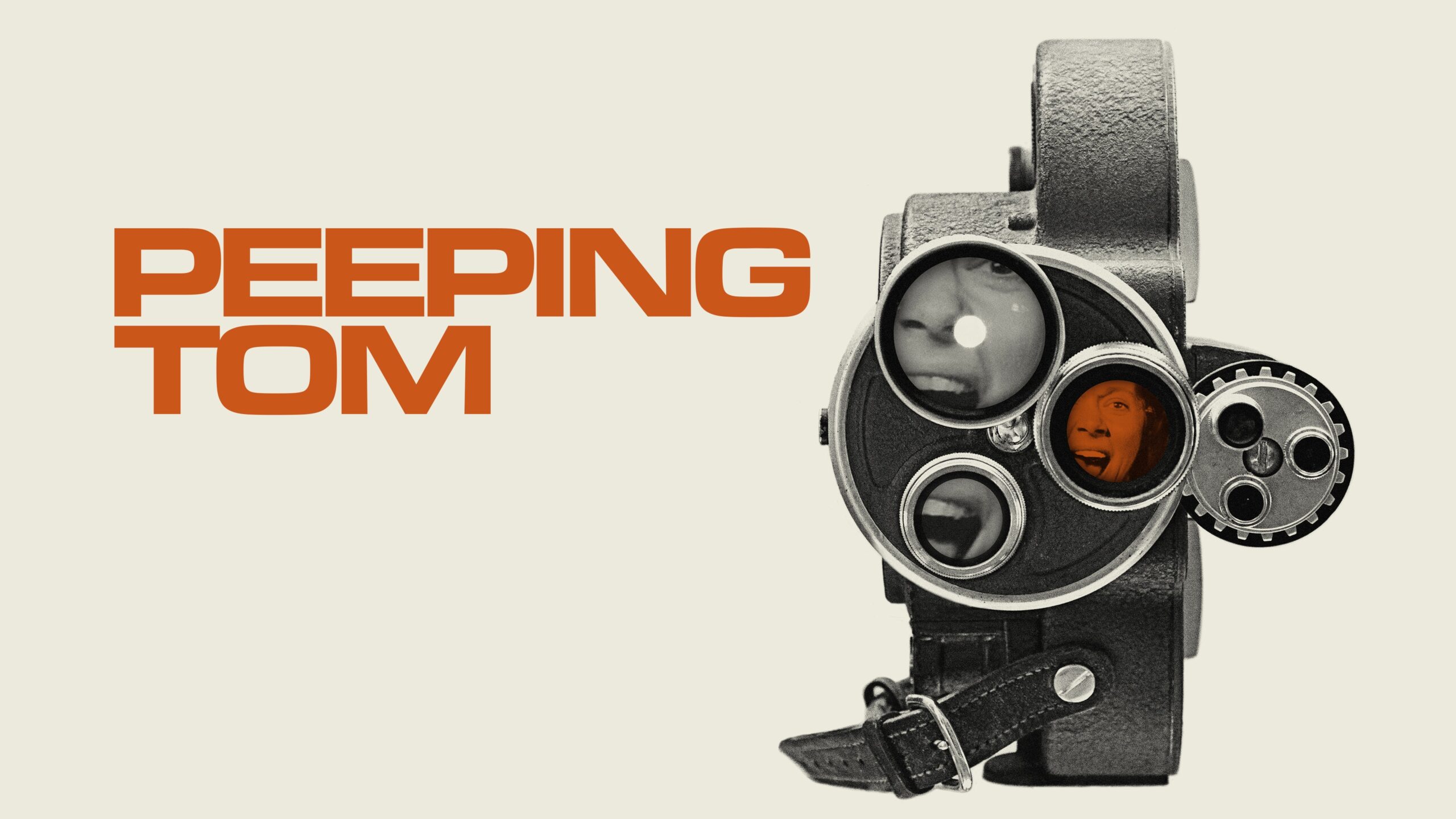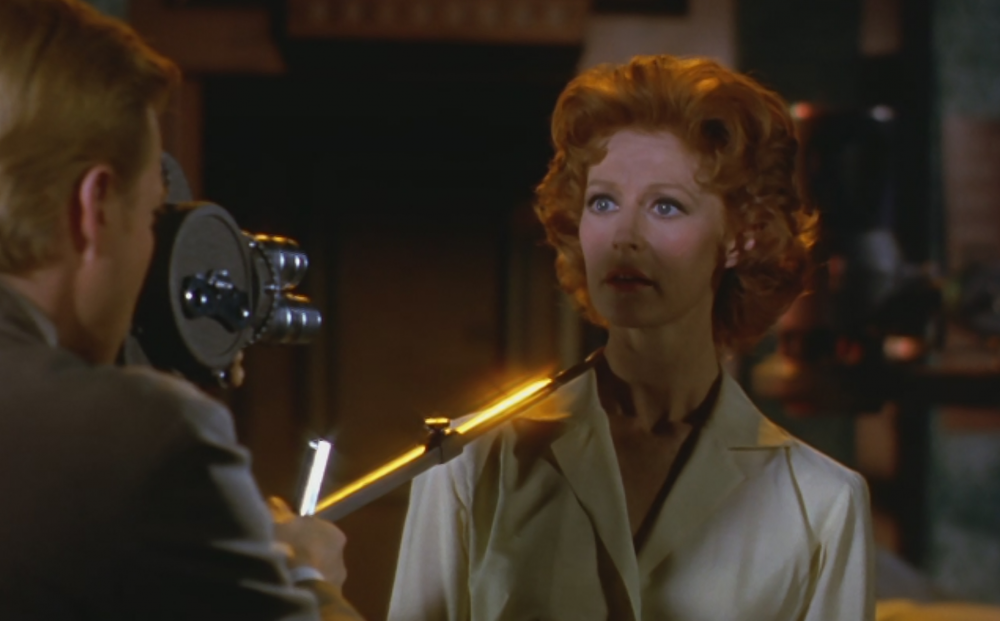
Mark Lewis is a man obsessed with photography and filmmaking. No matter where he goes, he always carries his 16mm camera. That wouldn’t necessarily be a problem—except that Mark has a disturbing obsession: he wants to film women when they are terrified. And he has his own method for making that happen. He also has no fear of the consequences and prefers to kill his victims.
This British film was highly controversial when it was released in 1960, though by today’s standards, it no longer is. So don’t expect anything particularly shocking. It might be hard to understand why Peeping Tom caused such an uproar back then, but much of it likely stems from the fact that the story is told from the killer’s perspective. The film gives us a deep insight into what drives him, and in doing so, it even evokes a sense of sympathy for the murderer.
“Do you know what the most FRIGHTENING thing in the world is…?”
What we’re left with is a truly great film that explores the darkest aspects of the human psyche—a battle against one’s own compulsions and obsessions. Peeping Tom is a deeply fascinating film that tackles multiple themes at once. That said, it contains no grotesque scenes, nudity, blood, or gore—its impact comes purely from the strength of its story. Strong performances and an excellent director have made this film one that many now consider a masterpiece.

Director Michael Powell had his career destroyed by this film—simply because film critics at the time hated Peeping Tom. The backlash was so severe that his entire career crumbled. There is a long and complex history behind this controversy, far too detailed to cover here, but the outrage led to the film being pulled from cinemas.
Years later, however, Peeping Tom was rediscovered and re-evaluated—this time, it was hailed as a masterpiece. Acclaimed director Martin Scorsese has been one of its strongest advocates, helping to give the film the recognition it truly deserves.
Peeping Tom is not only historically significant but also devilishly good. Of course, by today’s standards, we might wish for stronger visual intensity, but we must accept the film as a product of its time.
So why not be a Peeping Tom yourself—and watch this film?





